This post contains travel tips to Hawaii in the middle of the North American summer and during a pandemic period, and all sanitary protocols were followed by travelers!
This was a trip Cyntia and her husband took to Hawaii in August 2021. Usually guest travel experiences on the blog are in the "Diário de Bordo" area, but Cyntia is one of my best friends and I (Estela) couldn't leave it in there, so I included it as part of our main destinations. Maybe Cy becomes the third member of our team? Who knows? The invitation was given.
The Hawaii travel experience was reported daily, as a diary, so this can be a day-to-day suggestion for you who have 12 days to enjoy in this archipelago. It is worth remembering that this is an expensive trip and it will not bring absolutely great experiences, especially regarding the gastronomic experience. Having said that, the restaurants mentioned here were those that the couple approved and those that they did not have a relevant experience, are not included in this post. Report adapted by Estela T.
Hawaii's History
The Hawai'i (or Hawaii) archipelago is formed by 5 islands: Maui, O'ahu, Hawai'i (Big Island), Molokaii, Kaua'i and Lānaʻi. Cyntia visited the first two. On O'ahu is the capital of Honolulu.
There are many aspects about Hawaii that may be unknown to the vast majority. It begins that the people considered originally from Hawaii are the Polynesians and until 1810 there were several Polynesian chiefs administering the tribes, but one of them, the Kamehameha I, "unified" the government (on the basis of war and European arms aid) and established the monarchy (himself being, of course, the king). Perhaps the model was influenced by British Europeans who arrived there in 1778, with explorer James Cook also credited as the "discoverer" of the archipelago (in quotes because, as I described, the Polynesians arrived much earlier). But this monarchy did not last long, as in 1894 the archipelago became a republic and 4 years later it was invaded by the United States, opening the ports for immigration. There is a video from the Pirulla Channel that shows the feats of Polynesian peoples with their small naval vessels crossing the Pacific Ocean at a time when people didn't even exist in Europe.
With the island opening to globalization, Hawaii became an important crossing point between Asia and the "New Continent", and with it the archipelago prospered by selling high-quality timber to China, selling fresh water and supplies for ships (who traveled through the Pacific Ocean), selling sugar cane and pineapples (that came from South America, specially Brazil).
The United States was the first country in the world to accept Japanese immigrants when the Japanese government sought destinations for many who were unemployed to the point of starvation (mostly farmers). Thus, between 1880 and 1930, the United States received many immigrants and among the places most chosen by the Japanese, Hawaii was at the top of the list. In the ethnic composition of the island, we can consider that Nikkei (Japanese descendants outside of Japan) make up almost 40% of the total Hawaiian population, followed by the Chinese. Obviously the Japaneses influenced many aspects of the island and one of the most notable is the cuisine. Hawaii today is also a travel destination for many Japanese, Koreans and Chinese tourists.
In addition to Chinese and Japanese, there are records of significant Portuguese immigration from the Azores and Madeira Island. This community dedicated itself to the cultivation of sugar cane, in addition to having contributed cultural aspects to Hawaii, such as the creation of the ukelele (a music instrument directly descending from the cavaquinho) and the sweet malasada bread, which is a variation of the "Ball of Berlin " (in Portugal) or "Sonho" (in Brazil), but without filling (you can find it at Leonard's Bakery in Oahu).
General Tips and Sugestions:
A rental car is an absolute necessity. Attractions of interest are far too geographically disbursed to make walking, Uber, or taxis a feasible mode of transportation. Traffic jams are common in Hawaii as there are relatively few highways. Accordingly, we recommend maintaining a full gas tank and budgeting extra transit time.

Prices are significantly higher than in the continental United States, so budget accordingly.
If you plan on snorkeling, we suggest that you bring your own gear (i.e., goggles and snorkel), particularly in COVID era. If you plan on visiting Haleakala National Park (on Maui), bring clothing suitable for colder weather (i.e., long-sleeve shirts, sweatshirt, long pants), as it will be cold and windy at the summit.
Cellphone reception is spotty across the islands, so we recommend downloading offline maps to your phone prior to any excursions.
Before purchasing sunscreen, make sure that the bottle is labeled as “reef safe,” since traditional sunscreen formulations have deleterious effects on coral reefs. Additionally, consider purchasing UV-protective clothing.
Food:
PTo put it bluntly, Hawaii is not a foodie destination in our opinion. Temper your expectations accordingly. Surprisingly, nearly all of our seafood experiences were seriously disappointing.
Locale-specific specialties – “Must Try” items:
- Dole Whip
- Shave IceTo our palates, food in Hawaii tended to be sweet rather than savory or salty. This held true across many different types of cuisine. Those who prefer savory flavors will likely struggle to find enjoyable food experiences.
O'ahu - Waikiki
August 14th
We arrived on Oahu, in Waikiki, and dined at the restaurant Gyu-Kaku Japanese BBQ (located at 307 Lewers St., Honolulu). We ordered a barbeque course for two called “Chef’s favorite” (cost: $90). The quantity of food was more than ample, and the various meats were particularly delicious, as was the kimchi (which is a Korean pickled chard).
August 15th
After traveling to the base of Diamond Head by taxi, we hiked to the peak, which took approximately one hour. Be prepared for an arduous journey—we witnessed a medical evacuation by helicopter near the summit—but the view from the top will be well worth the effort.
Diamond Head is a crater and ancient volcanic tuff cone known to Hawaiians as Lēʻahi which means "tuna fin" because the taller shape of the crater resembles the animal. The name Diamond Head was given by the British in the 19th century, who when they explored the place, thought they had discovered diamonds but, in fact, they were brilliant calcite crystals without any commercial value.
Following our descent, we treated ourself to some Dole Whip (a local specialty pineapple ice cream which any tourist really should try) and chilled fresh coconut water.
This ice cream was created by Dole Food Company in 1984 and despite having other flavors (cherry, mango, lemon, lime, watermelon, orange, strawberry and raspberry), pineapple is the classic.
Other places you can find the Dole Whip are at Dole Plantation, Aloha Whip, Banyan Snack Shop and the aforementioned Leonard Bakery. All in Honolulu. In Maui you can find it at Lappert's Ice Cream / Lahaina Dole Whip.
In the afternoon, we ventured out to the Pearl Harbor National Memorial. There are three primary tours available to the public, and as we were pressed for time, we were only able to see one: the USS Missouri (the battleship where the final armistice with Japan was signed, ending WWII). Anyone with even a passing interest in history will likely find this a worthwhile experience.
As previously mentioned, Hawaii was the most sought after destination by Japanese immigrants and with the entry of the United States into World War II, prejudice against all descendants of the countries that formed the "Axis" (Germany, Italy and Japan) began to be manifested . Of course the racial issue also weighed in and after the attack on Pearl Harbor by the Japanese army, there was an executive order from the United States government that any citizen who possessed 1/16 of Japanese descent should be transferred to specific locations, which were nothing more than concentration camps. Approximately 120,000 Japanese-American citizens were forced to leave their jobs and sell their belongings to be transferred to these locations. There are thousands of reports of Japanese-Americans who wanted to enlist in the US army to fight any front for the simple reason that they were patriotic to the country they were born in, that case was, the United States, and many had their enlistments refused and many others admitted were addressed to the most arduous battle camps. In war everyone loses.
Maui
August 16
We flew from Oahu to Maui (flight time: approximately thirty minutes), and picked up our rental car. Always book your car rental in advance because, depending on the season, demand is high. Click here to secure yours!
We spent the morning familiarizing ourself with the island, and towards the end of the day, we visited Maluaka beach. The views were beautiful, but the waves were strong enough that we chose not to venture too far out into the water.
Despite being a beach with a small strip of sand, it is long and some sea turtles can be seen. There are shaded areas and picnic tables.
August 17th
We embarked on our “road to Hana” journey early, given the length of the drive. The scenery along the route was breathtaking, though the drive itself was arduous (e.g., narrow windy roads, single-lane bridges, etc.). We made several stops along the way, including a Rainbow Eucalyptus grove, a bamboo forest, and several waterfalls. We stopped at a charming roadside coffee shop called Hana Harvest Cafe (located at 800 Hana Hwy, Hana), which served delicious local Kona espresso and coconut ice cream.
For those who don't know, Kona coffee is one of the most valued in the world. It is an Arabica coffee, but it gets its name because it was grown in the city of Kona. It was King Kamehameha I who ordered the coffee to be imported and the island started to cultivate it. It turned out that the soil, altitude, winds, abundant sun and the existence of volcanoes favored the coffee making it highly noticeable on the palate. Try kona at Café Kona in Kona City.
A word of caution: make sure to check the Waiʻānapanapa State Park website before embarking on a trip to the Black Sand Beach State Park. We, along with scores of other tourists, were turned away at the gate, after finding out that advance reservations were required for entry. (This, despite the fact that other sites, like hawaiistatepark.org still listed the beach as free and open for general admittance without reservations.)
August 18th
We took a snorkeling tour with Quicksilver from Lahaina Harbor. Due to adverse weather conditions the boat had to take us much further than normal to reach clear waters. Captain Paul and his crew were friendly and entertaining, and regaled us with local folklore and legends along the way.
Unfortunately, murky water limited our visibility while snorkeling, but on our return journey, we spotted a pod of Bottlenose Dolphins. The tour took approximately five hours.
In the afternoon, we drove out to Kapalua Bay Beach. Parking at this beach is severely limited, but a nearby golf course (Kapalua Tennis Garden) offers parking to beachgoers at a very reasonable rate (cost: $10 for three hours). The beach was ideal for swimming, as the waves were mild.
For the second night in a row, we returned to a restaurant called Fred’s Mexican Cafe (located at 2511 S Kihei Rd, Kihei, HI) as we were impressed with the excellent Cuban tacos and habanero salsa. We also visited Beach Street Maui Shave Ice (located at 2439 S Kihei Rd, Kihei, HI) multiple times, as we really enjoyed their Açaí Bowl and Shave Ice. Shave Ice (pidgin English slang for “Shaved Ice”) is similar to a snow cone, with one exception: Shave Ice is much more finely-ground, such that it resembles snow rather than ice crystals, and it therefore absorbs the flavoring syrups much better. You can also find this type of ice cream in countries like Japan and South Korea. There is a version of a Korean ice cream shop in São Paulo (Brazil), in the neighborhood of Liberdade and Bom Retiro.
Other places you can find Shave Ice in Hawaii: it's at Matsumoto's Shave Ice, in Haleiwa, a city that surfers love (try flavors like green tea and mocha), at Waiola Shave Ice, in Honolulu, it has thousands of flavor combinations or another option is the Shimazu Store.
August 19th
We went to Haleakalā National Park (cost: $30 per car for a three-day pass). The woman at the visitor center was helpful, knowledgeable, and friendly, and assisted us in planning appropriate hiking activities based on our stated timeline. We recommend to prepare for cold weather, given the high elevations (i.e., roughly 10,000 feet). It took approximately one hour to get to the summit from the entrance of the park. Sunrise entry—which is apparently quite popular—requires advance booking, though we would caution that driving to the summit in the dark would be quite hazardous, given the lack of guard-rails and street lights.
Haleakalā means "house of the sun" in the native Hawaiian language and is linked to the legend of the demigod Maui who imprisoned the sun there to make the day longer.
In the evening we had amazing wood-fire brick oven pizza at Penny’s Pizza & Pasta (located at 2511 S Kihei Road, Kihei, HI). Each pizza was huge and delicious (cost: $27).
August 20th
We spent the majority of the day enjoying the beach (Keawakapu Beach) by our hotel. The water temperature was comfortable and the waves were gentle. On a tip from some fellow travelers, we ventured out to a food truck tent city for lunch (located at 591 Haleakala Hwy, Kahului). There were a nice variety of food options available (e.g., tacos, fried shrimp, Loco Moco, etc.), but we decided on the large Açaí bowls from Mo ‘Ono. The proportions were generous and the fruit was incredibly fresh, though the açaí (another Brazilian fruit) itself was slightly less sweet than what we are accustomed to.
We spent the remainder of the afternoon soaking in the ocean and enjoyed an early dinner at O’hana Seafood Bar & Grill (located at 1945 S Kihei Rd, Kihei). O’hana’s proudly claims to make the best calamari on Maui, and as far as we can tell, this claim is well deserved. For our entree, we tried their burgers, which were also excellent (cost: $55 for 2 people). We took a leisurely after-dinner stroll through Kihei Kalama Village, an open-air collection of cute shops.
O'ahu
August 21st
After catching an early flight back to Oahu and picking up a new rental car, we spent the day exploring Waikiki on foot, and caught a beautiful sunset at Kahanamoku Beach while enjoying some banana soft serve and shave ice from Banana Shave Ice & Beach Treats.
August 22nd
We drove out to Kualoa Ranch Hawaii early in the day and took a Jurassic Park movie tour, which lasted approximately 2.5 hours. The tour bus drove us around numerous filming locations from movies and TV shows such as Jurassic Park, Jurassic World, Jumanji, Kong: Skull Island, Lost, etc. The property is expansive and the natural beauty was beyond description.
In the afternoon, while exploring Waikiki on foot, we stumbled upon a charming little bubble tea shop called “Coffee or Tea?” (located at 333 Seaside Avenue #150, Honolulu). The taro and lychee bubble teas were delicious and refreshing. We spent the remainder of the day enjoying Waikiki beach; watching the sunset while bobbing in the warm ocean water was relaxing and romantic. For dinner, we finally tried a dish called “Loco Moco” (a local specialty) at Genius Lounge, located at 346 Lewers Street, Honolulu (cost: $60 for 2 people). The food and drinks were enjoyable and the service was prompt and friendly.
August 23rd
In the early part of the day, we drove up to the northern part of the island and explored Kuilima Cove (also known as Turtle Beach). Turtle Beach stood out amongst the other beaches we visited in one respect: rock formations shelter the beach from waves, making for extremely calm waters that are ideal for small children. Moreover, the water was particularly clear, so visibility would be excellent for snorkelers.
On the way home, we stopped at a charming coffee shop called Island Vintage Coffee (located at 2201 Kalakaua Ave, Honolulu) and enjoyed a delicious pure Kona cappuccino and Açaí bowl.
After having nearly given up hope of finding any savory food on the islands, we were pleasantly surprised to stumble upon a not-so-hidden gem: Marukame Udon Waikiki (located at 2310 Kuhio Ave, Honolulu).
While out for a casual after-lunch stroll, we noticed a sizable line leading to a Japanese udon restaurant. Trusting in the wisdom of the crowd, we decided to pay them a visit for dinner. To our amazement, the line had grown down the block and around the corner (in the rain, no less). Not to be deterred, we joined the queue, which thankfully progressed rather quickly. After roughly ½ hour wait, we made our way inside and were immediately captivated by the wonderful sights and smells. While waiting for our turn to order, we watched them making noodles from scratch, which we took to be a good omen. We were not disappointed, and ultimately returned two additional times during our stay. We ordered savory dashi udon with extra hot-spring-eggs, along with a variety of tempura (cost: $32 for 2 people). Marukame Udon is certainly at the very top of our list, and we consider it a “must-try” for any traveler.
August 24th
The highlight of the day was the Toa Luau (located at Waimea Valley, 59-864 Kamehameha Highway, Haleiwa). The experience began with various demonstrations of traditional Hawaiian activities, including above-ground cooking with rocks and banana leaves, coconut tree climbing, palm leaf weaving, etc. The culinary aspect of the evening was particularly remarkable; the chicken and pork were both barbecued to perfection and the accompanying side dishes were all delicious as well.
After dinner, the entertainment portion of the evening commenced, which involved a mixture of storytelling, music, and traditional dancing from a selection of Polynesian cultures, including Hawaii, Tahiti, and Samoa. As a finale, we were treated to a beautifully orchestrated fire dance. The luau is a family-owed enterprise and the whole experience exuded authenticity. We highly recommend this particular luau to anyone interested in experiencing a bit of Polynesian culture.
August 25th
Today we enjoyed the best tour of our Hawaiian adventure: Dolphin Excursions (located at 85-491 Farrington Hwy, Waianae ). The proprietors were exceedingly knowledgeable and respectful of the marine wildlife, and the small tour group size (approximately fifteen people) was much more conducive to intimate interactions with the Spinner dolphins, turtles, and fish. The tour guides clearly knew the waters well, and were able to easily locate multiple dolphin pods and get us into the water quickly enough for us to see these majestic animals up close in their natural environment. For anyone interested in this type of experience, we cannot recommend this tour highly enough.
August 26th
We spent the morning on a shark-watching tour with North Shore Shark Adventures (located at 66-105 Haleiwa Rd, Haleiwa). The viewing site was roughly twenty minutes offshore, and we were able to spend a full twenty minutes in the water (in a cage, of course) observing a group of Galapagos sharks up close. The sheer number of sharks and our proximity to them was surreal, and the clear waters made for excellent viewing and filming.
A word of caution: individuals prone to sea sickness should probably avoid this tour, as the boat ride and viewing experience were both extremally shaky, and well over half of our tour group became seasick. That said, those with a strong stomach are in for a remarkable experience.
Our last dinner on the islands was a memorable one. On the advice of a friendly couple that we met while waiting in line at Murakame Udon, we made dinner reservations at The Pig and The Lady, an intimate little eatery located in Chinatown (83 N King St, Honolulu). For an appetizer, we ordered sea scallops (cost: $21 for three scallops), which were deliciously seasoned and seared to perfection. For our entree, we ordered pork belly and a side of rice, both of which were divine (cost: $38). They change their menu often, but we would heartily recommend this restaurant to anyone who appreciates fine dining.
Other typical Hawaiian dishes:
- Poi: if you're considering what the Hawaiian national dish is, the answer is Poi. It is a thick paste made from taro root (something like yam) lightly fermented in the preparation process. Very peculiar taste, considered very exotic. Taro is commonly found in Polynesia, obviously carried by native peoples.
- Laulau: the second Hawaiian national dish looks more like pork sushi. However, algae are taro leaves, which they use to cook pork on hot stones (it's the same technique as the banana leaf). Then they add rice and close it almost like sushi.
- Kalua Pig: also made in an underground oven, being well smoked
- Poke: it's the best known version of sushi and sashimi in a bowl (here in Brazil)
- Lomi Salmon: this is a raw salmon, salt-cured and cut into cubes, served with tomatoes, onions and some peppers. Despite being a dish from other islands in the Pacific, it took Hawaiian notes when it arrived there.
- Chicken long rice: another delicacy that does not originate in Hawaii but has become typical by incorporating Hawaiian aspects, it originates from Chinese dishes. It is Chinese rice noodles cooked in a chicken broth to which ginger and chicken are added as toppings.
- Saimin: another Chinese-influenced dish, saimin is an iteration of Chinese egg noodle soup.
- Loco Moco: already mentioned in this post as typical, look for Café 100 in Hilo because it is considered the inventor of loco moco. The snack bar, opened in 1946, offers 30 types of the iconic dish. The original costs just $3.50 and is still one of the most popular.
Remember that the food products in abundance in Hawaii are: sweet potatoes, yams, taro, coconut and pineapple. As it has many volcanoes, it is common to use volcanic heat in the preparation of dishes. Of course, fish and seafood are also typical and with immigration, meats such as pork and chicken were added.
 More places to visit:
More places to visit:
In O'ahu:
- Byodo-In Temple: a Buddhist temple, replica of a Japanese temple
- Ho’omaluhia Botanical Garden
- Koko Head Crater Tramway Hike: where you take a train track to do this trekking
- Hanauma Bay for snorkeling
- Polynesian Cultural Center: to go even deeper into Polynesian culture, it's like a theme park
- Lyon Arboretum
- Dole Plantation: to discover an old pineapple plantation
- Ala Moana Beach
- Chinaman’s Hat Island
- Shark Cove for snorkeling
dicas de viagem par ao Hawaii
- Leonard’s Bakery: as written before, this bakery has the best malasadas of the islands
- 7-Eleven: it could sound strange but this chain store has good Spam Musubi & Char Siu Manapua. This Spam Musubi is a type of sushi made from canned meat from the Spam brand (Cyntia and her husband tasted and liked it).
- L&L Hawaiian Barbecue: you can find here the japanese delicacy called Chicken Katsu and good Loco Moco & Kalua Pork, local specialties
- McDonald’s there are a special hawaiian menu with Haupia pie (coconut pudding) and sometimes taro pie. As breakfast they suggest Spam, Portuguese sausage, eggs, and rice (Cyntia and her husband tasted and like it).
- Don Quijote Japanese Grocery Store: despite the name, it is more than a grocery store, as they have several items such as electronics and souvenirs. Inside there is a small food shop with good bento (Japanese lunchbox) options.
dicas de viagem par ao Hawaii
 Accomodation:
Accomodation:
For this trip, the couple stayed in large 4-star hotel chains. In O'ahu they chose two lodgings being the Courtyard by Marriott Waikiki Beach when they arrived (it's worth mentioning that the parking rate was USD48) and the Sheraton Princess Kaiulani when they returned. In Maui they chose the Days Inn by Wyndham Maui Oceanfront. Overall they were good stays, with comfort and cleanliness, in addition to being well located.
 ATTENTION: Some information described on the blog may change, such as prices, opening hours and even addresses. Always consult before you go! We have no links with the companies, services and professionals mentioned in this blog
ATTENTION: Some information described on the blog may change, such as prices, opening hours and even addresses. Always consult before you go! We have no links with the companies, services and professionals mentioned in this blog
Organize your trip with the following services ->
Icons made by: Flat Icons, Freepik, Icon Pond, monkik, mynamepong, Nikita Golubev, Pause08, Pixel Buddha, Pixel perfect, photo3idea_studio, Prosymbols, Roundicons, Smalllikeart, Smashicons, srip, surang, turkkub, Twitter, Vectors Market from Flaticon are licensed by CC 3.0 BY

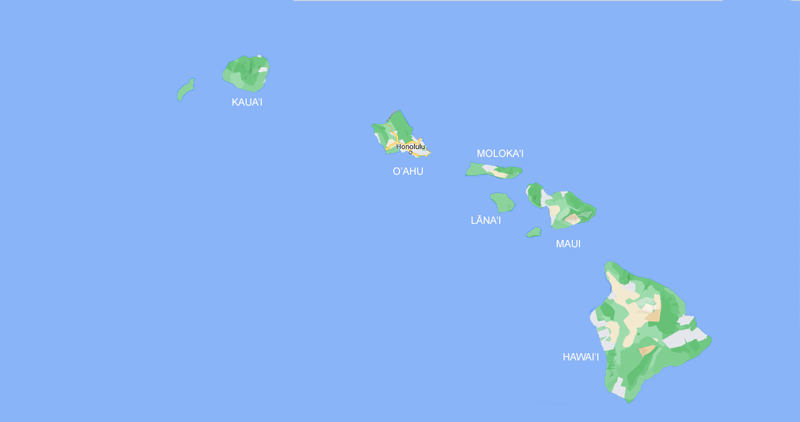
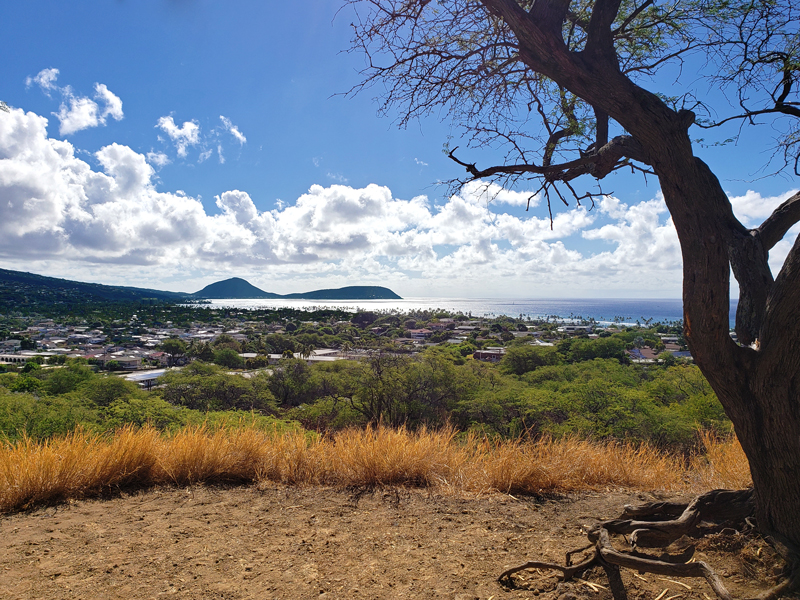
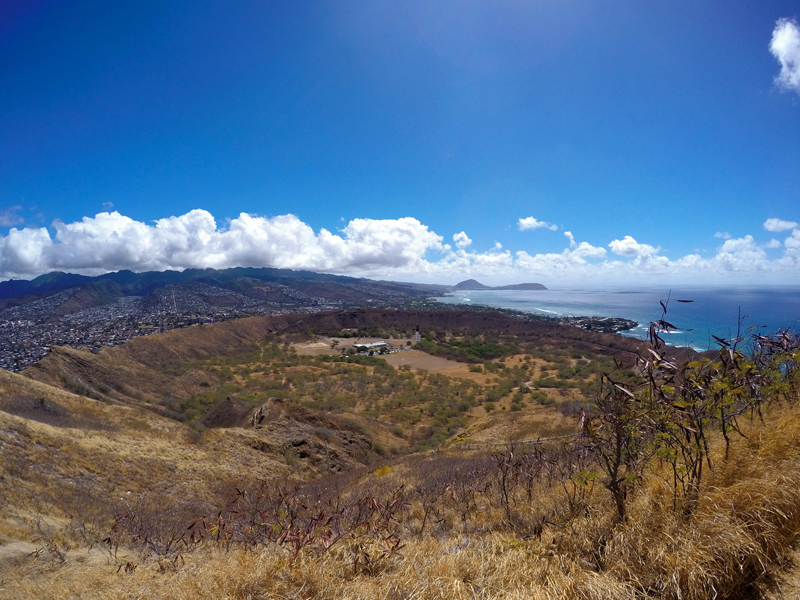
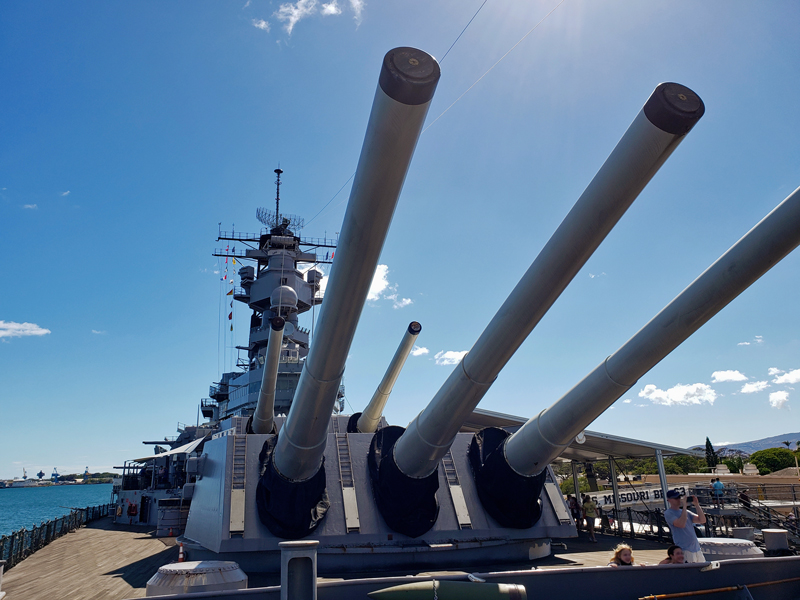
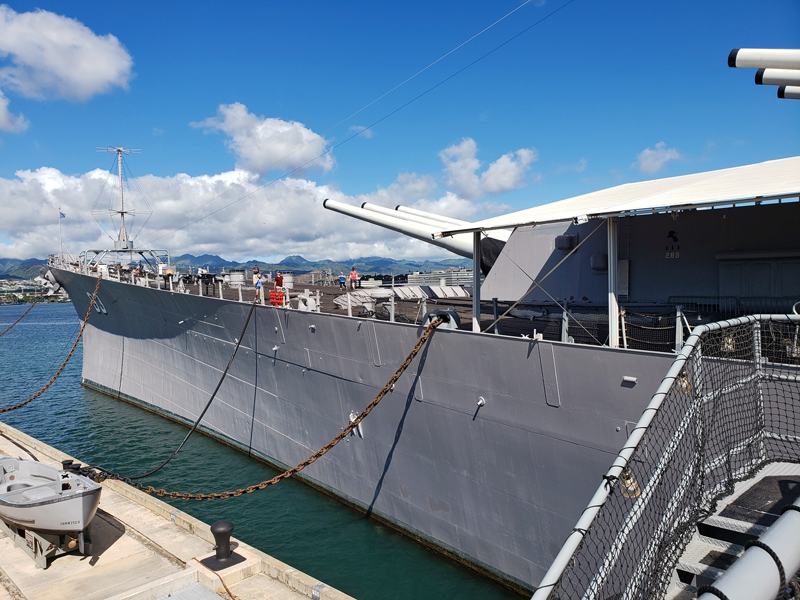
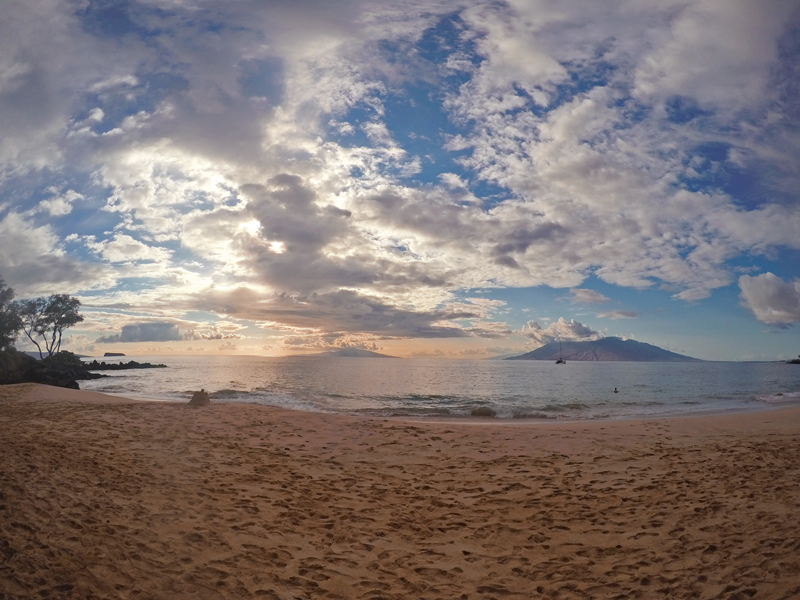
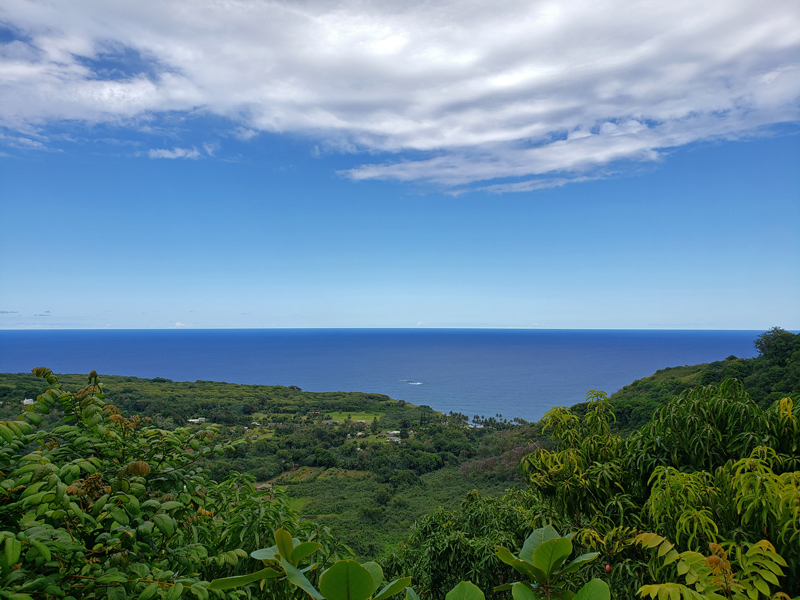
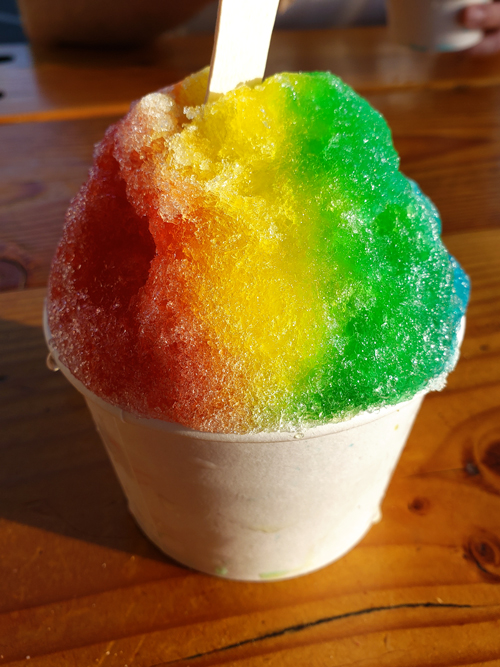
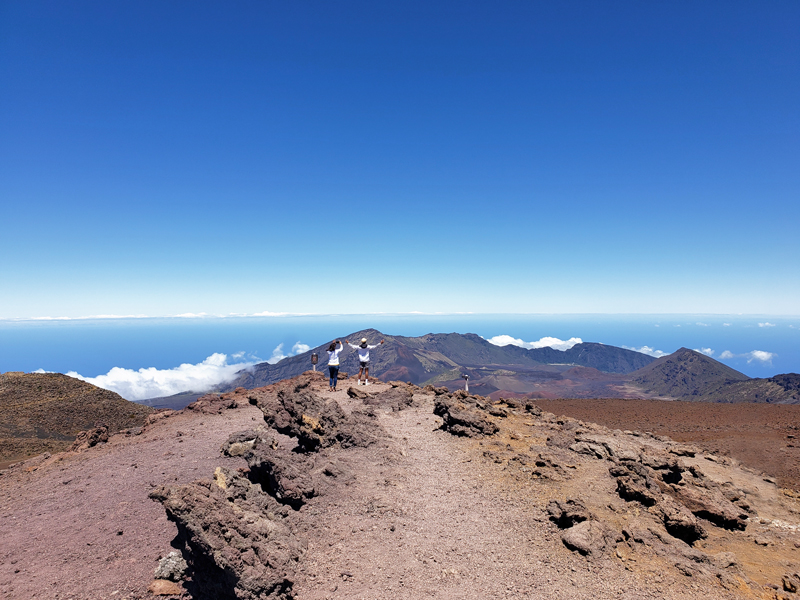
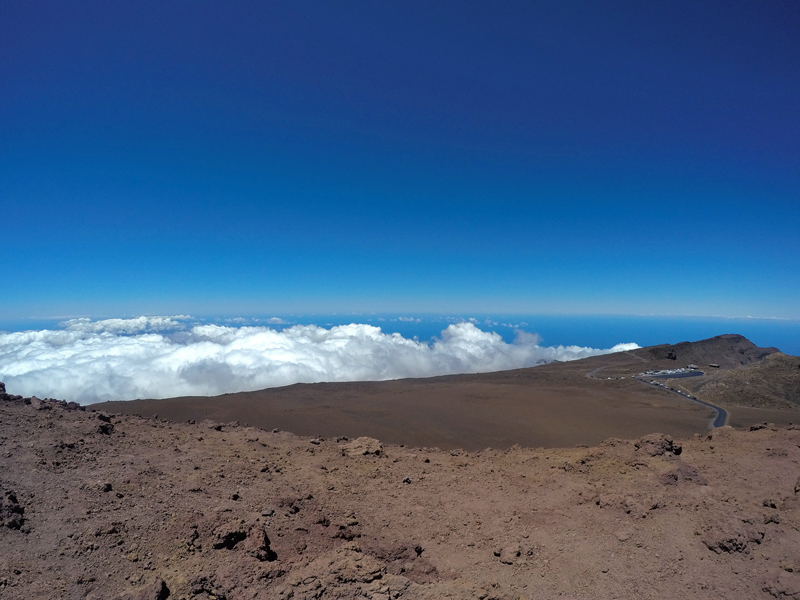


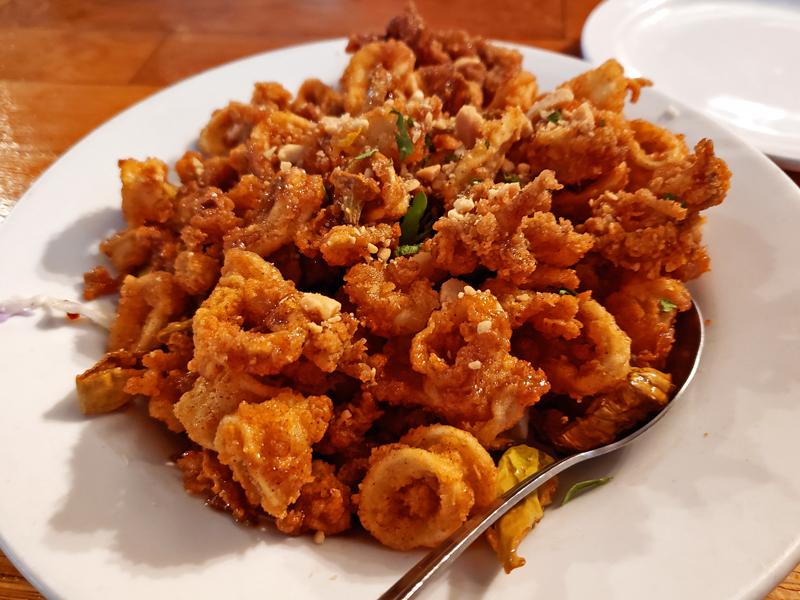
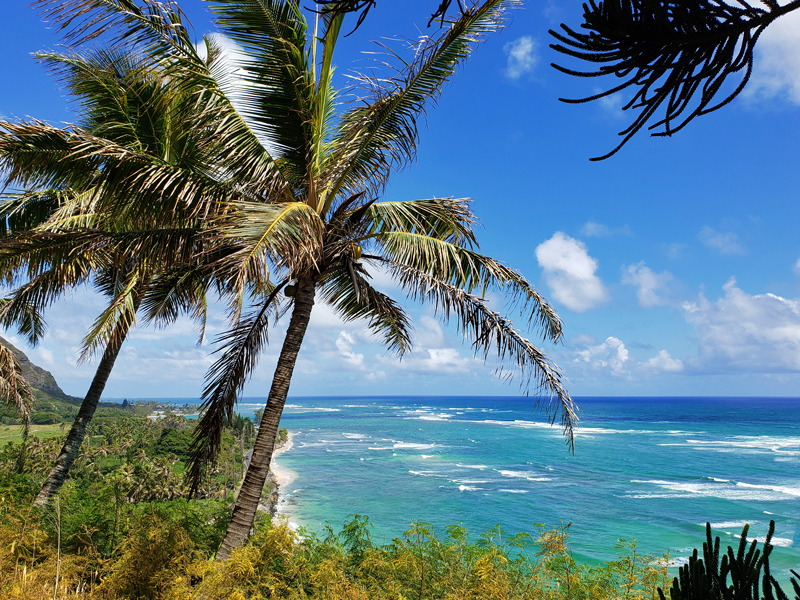
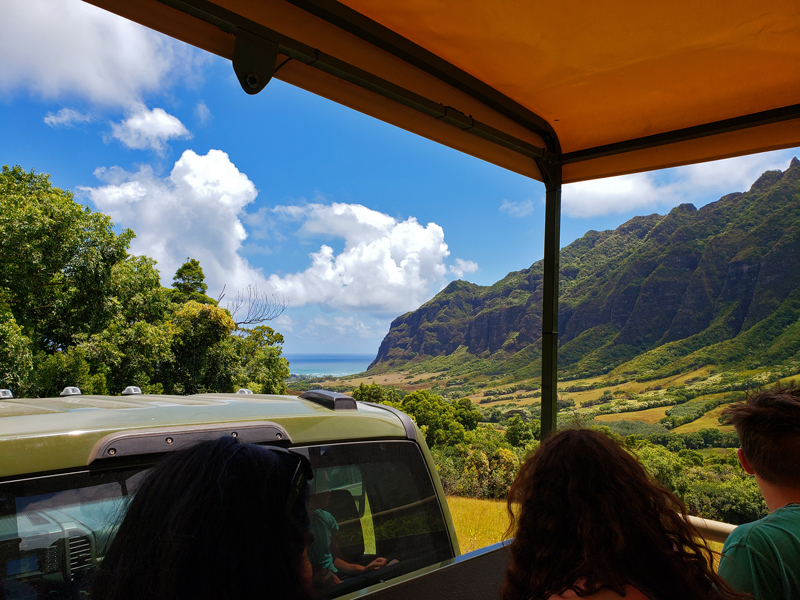
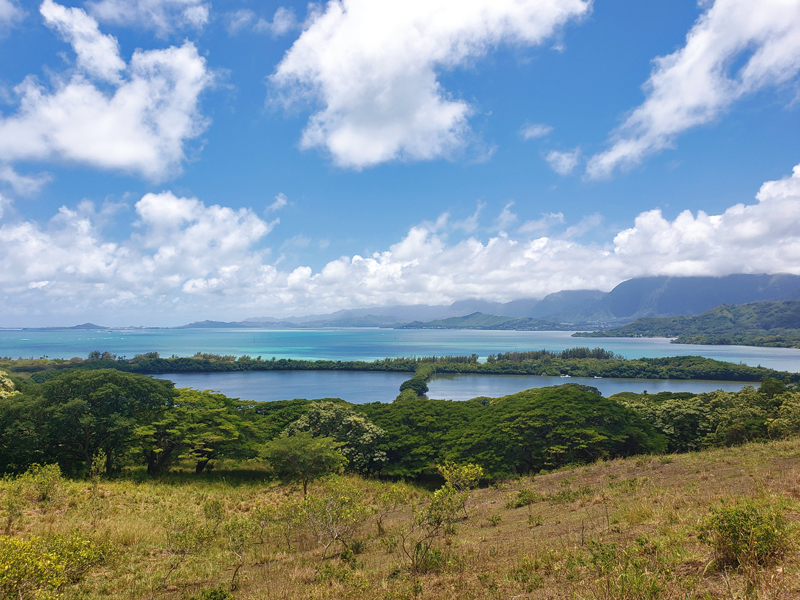
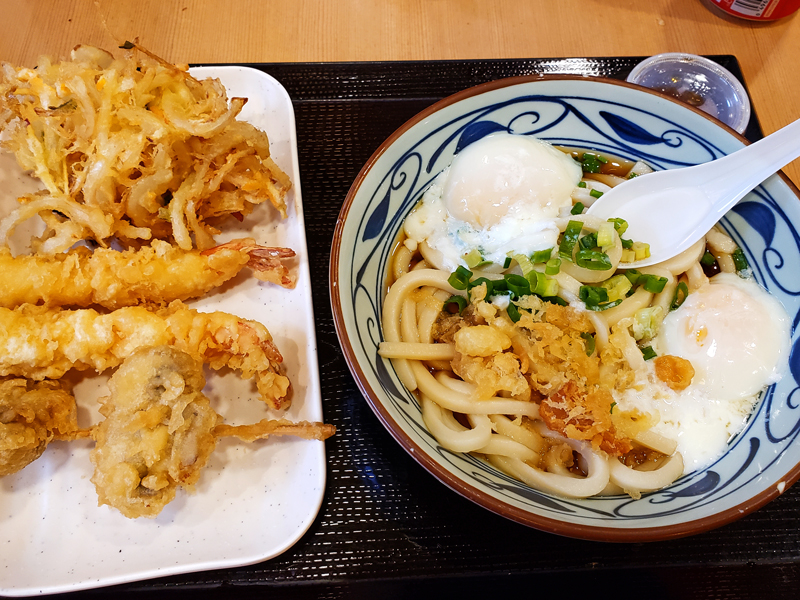
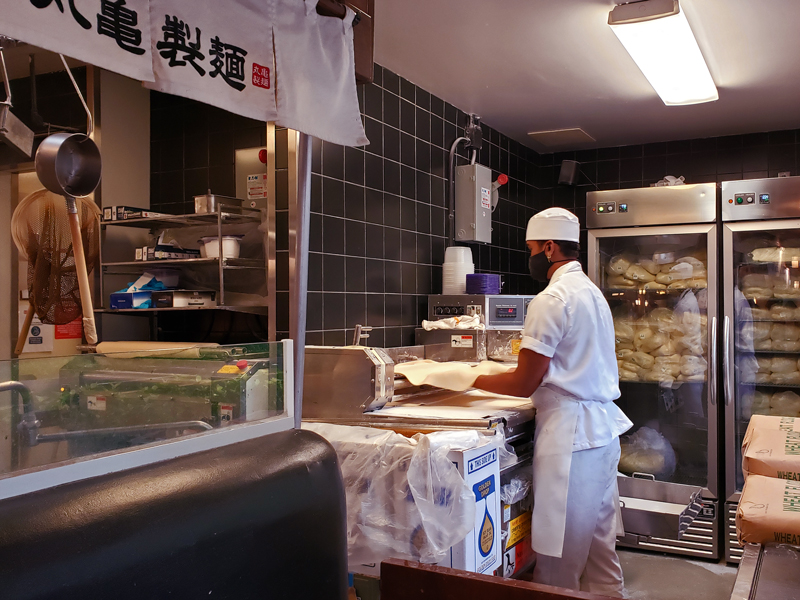
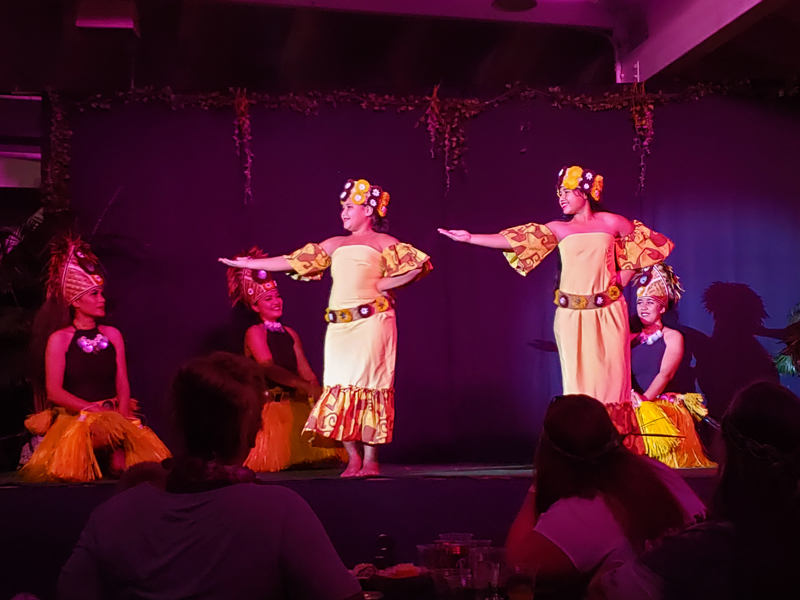
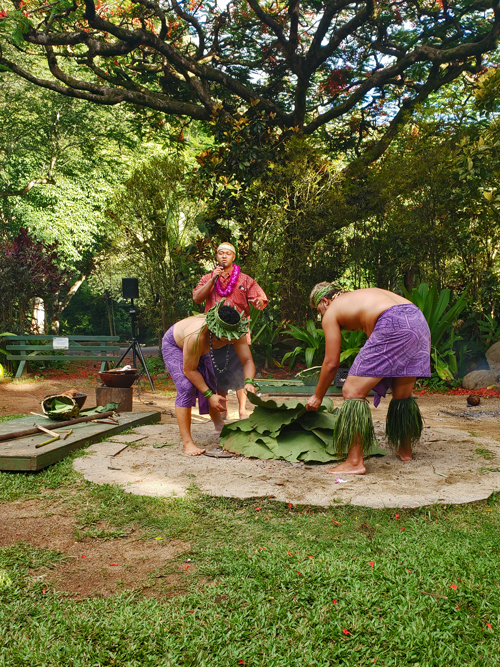
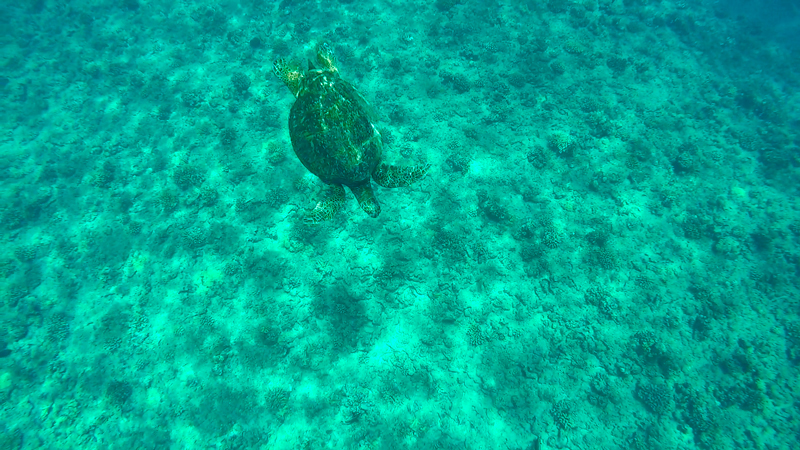
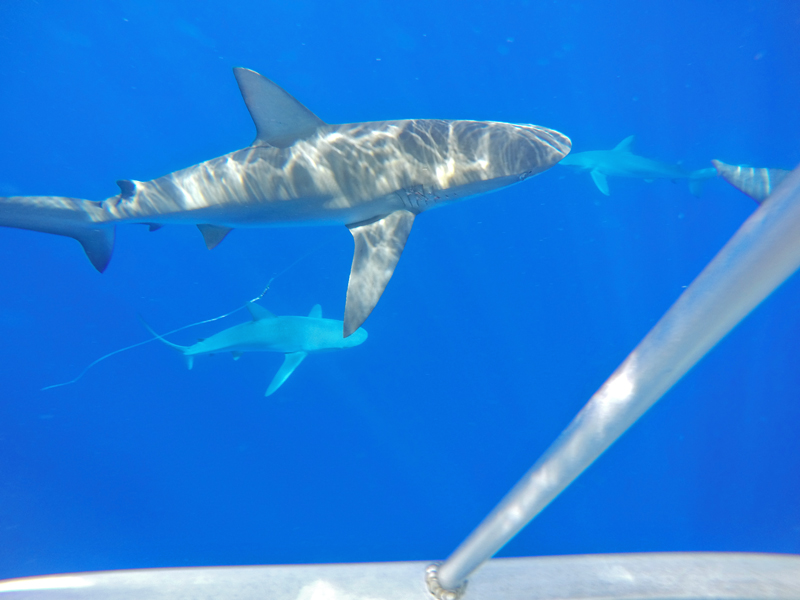
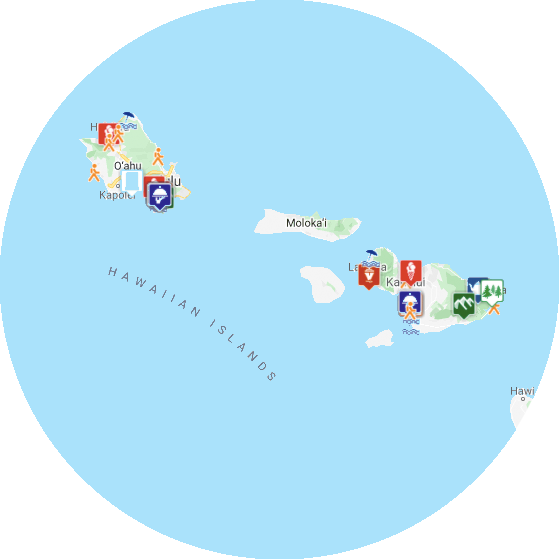



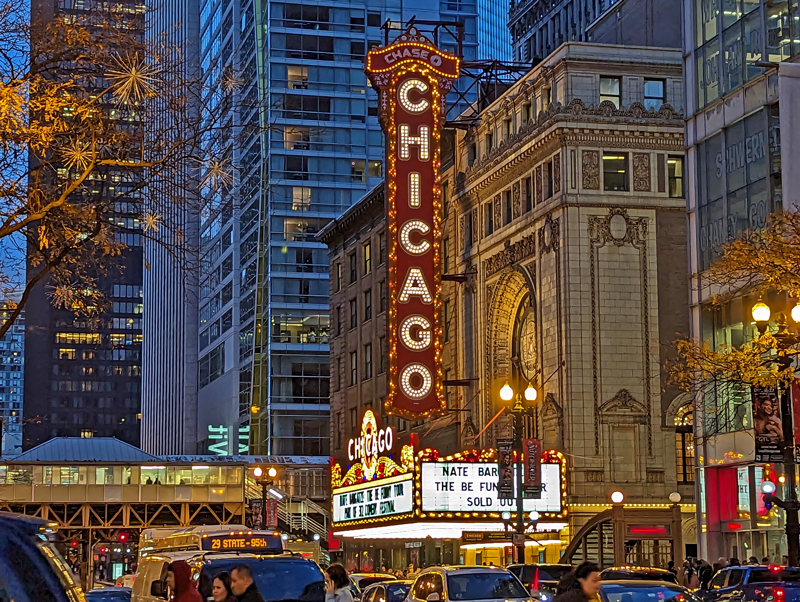
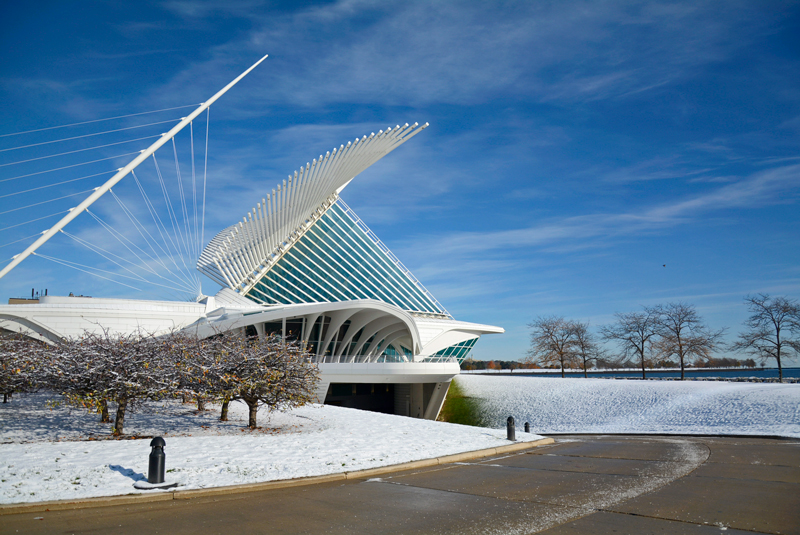
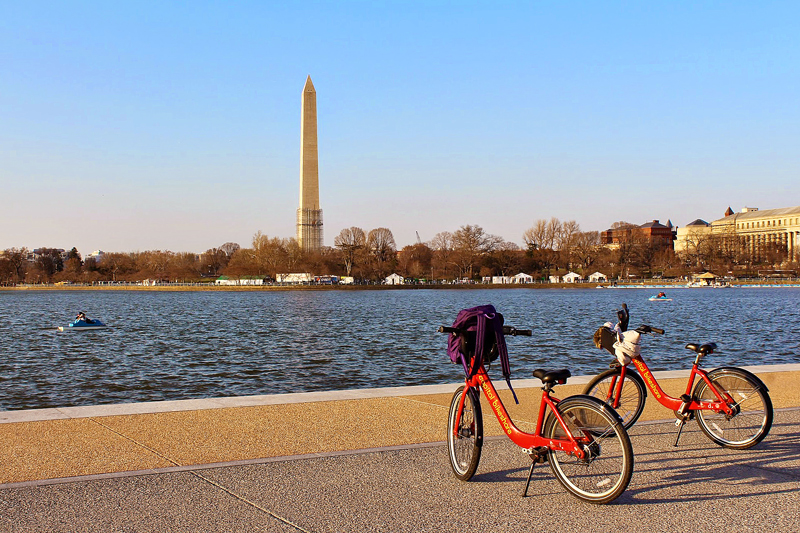
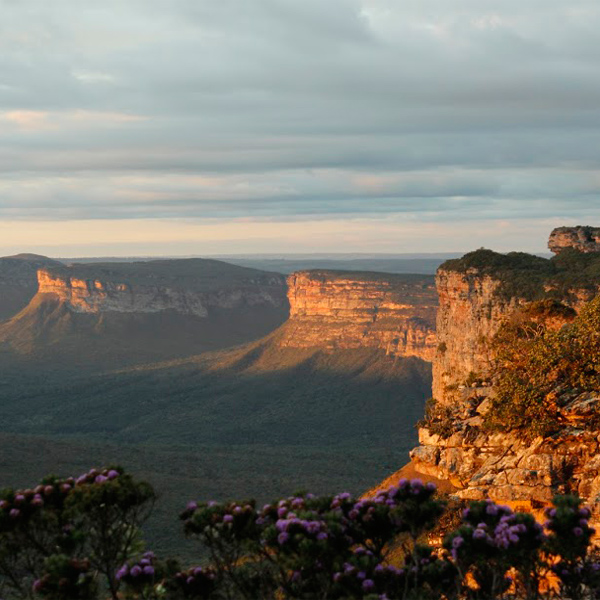
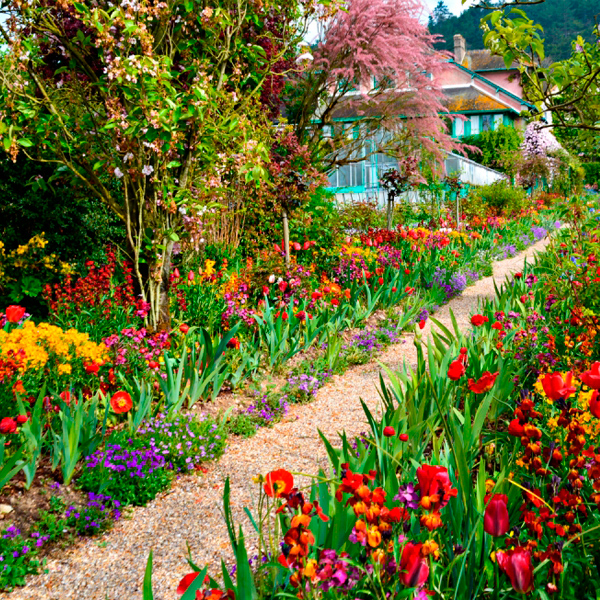
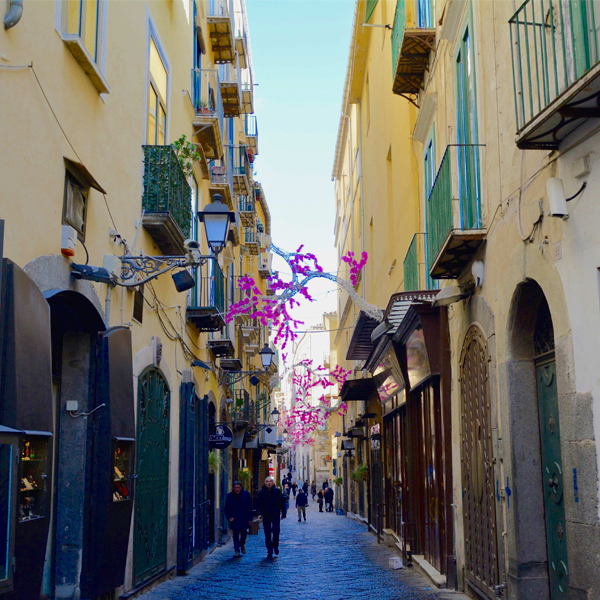
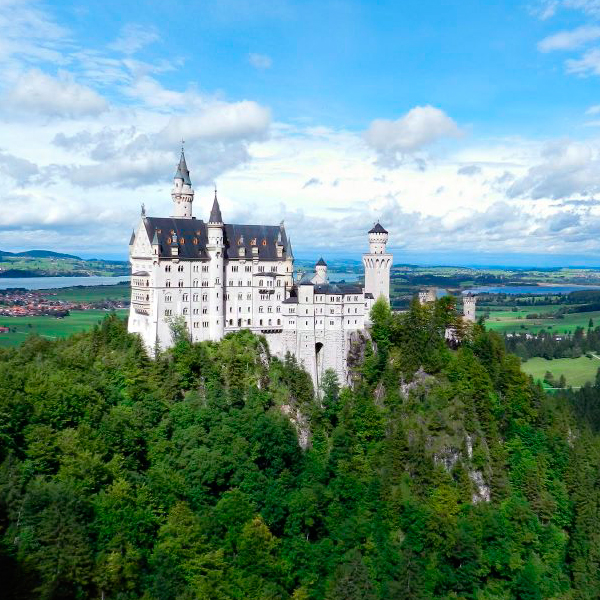
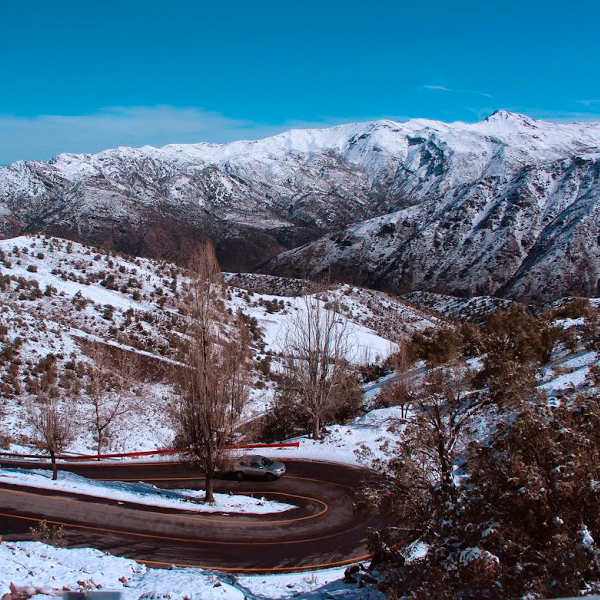


Deixe seu comentário / Nenhum comentário